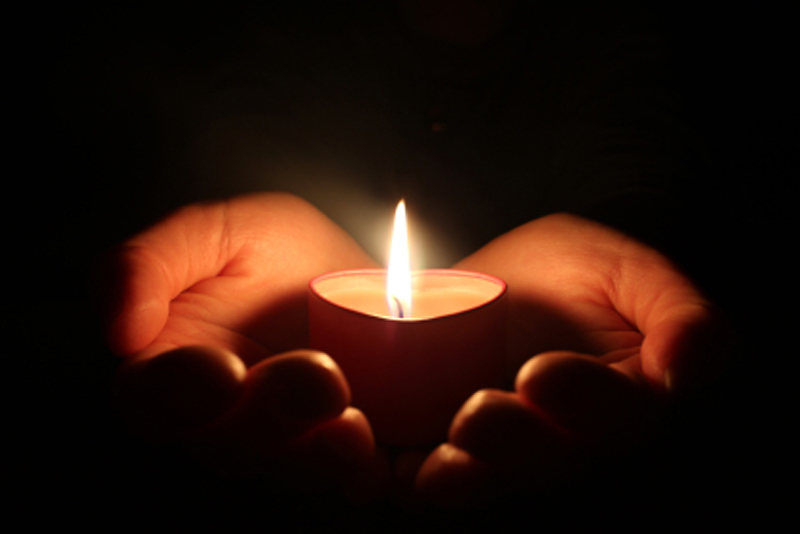Mozart's Eine Kleine Nachtmusic K525

Wolfgang Amadeus Mozart wrote many lovely works, and one of his best loved is the Serenade in G Major (No. 13) K 525. It is more usually known as Eine Kleine Nachtmusik which can be translated as A Little Night Music.
K 525 was written in 1787 about four years before Mozart's death in 1791. He was living and working in Vienna at this time, working on the opera Don Giovanni, to which this serenade is a huge contrast. We do not, however, know for whom Mozart wrote K 525 or for what occasion.
The Serenade was written essential for a string quintet consisting of two violins, viola, cello and double bass though this last is optional. It can therefore be performed by a string quartet or quintet, but is more often played by a string orchestra. The players do need to be reasonably competent as there is a considerable amount of double stopping in the work (playing on two or three strings at the same time to form chords) and Mozart's writing always involves some delicacy and care in interpretation and ornamentation.
There are four movements in the work:-
- Allegro
- Romanza
- Minuet and Trio
- Rondo
The work follows the standard layout for a multi-movement work of its time. The Allegro is in Sonata form with its Exposition (which ends at the first repeat point), the Development and finally the Recapitulation which is completed with a coda. The Development and Recapitulation are also repeated. The movement is in G major.
The Romanza is a typical Mozart slow movement in the key of C major (the dominant of the G major first movement). It is in a style of rondo form which Mozart often used for slow movements. It is more thoughtful and lyrical than the rest of the work, and to me represents a sort of song without words.
The Minuet and Trio are back in G major, and are again intended to be performed in the traditional manner, with the Minuet repeated after the Trio but minus the repeats of the first playing. It is more akin to the first movement with the D major Trio sounding almost like a Landler in its contrasting tone.
Finally the rollicking last movement is again in Rondo form but sonata rondo this time, with an exposition, development and recapitulation in rondo form. We finish with the climactic coda.
This work is a piece that all musicians who are interested in classical music should be familiar with as it forms a standard part of the "Popular Classics" repertoire and is very enjoyable to listen to.
You Should Also Read:
Eine Kleine Nachtmusik Disk Review
Mozart's Operas
Mozart Clarinet Concerto and Quintet

Related Articles
Editor's Picks Articles
Top Ten Articles
Previous Features
Site Map
Content copyright © 2023 by Gillian Buchanan. All rights reserved.
This content was written by Gillian Buchanan. If you wish to use this content in any manner, you need written permission. Contact Gillian Buchanan for details.



